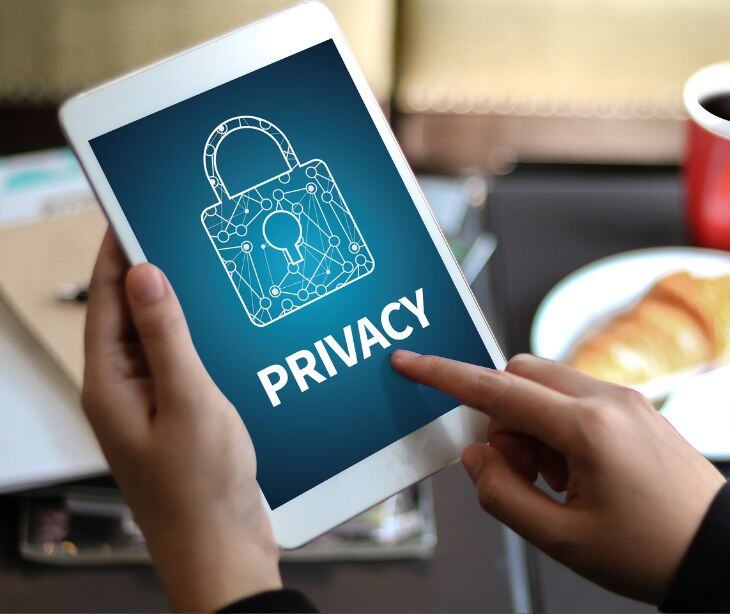
Missed appointments, or "no-shows," are becoming a problem that even the most basic service systems have not invented a solution yet. No-shows occur when patients do not show up for scheduled health visits without canceling or rescheduling. Although it is an individual decision, the consequences radiate throughout the healthcare system, resulting in wasted time, underutilized resources, and financial losses.
According to Kyruus Health, the no-show rate varies between 23% and 33%. For medical groups, an average of 80 established patients and 43 new patients fail to show up for appointments. Specialty-specific no-show rates are even more revealing with no-show rates at 30% in pediatrics and dermatology and sleep clinics reporting 39%. Rates vary from 14% to 26% for primary care, OB/GYN, neurology, and oncology. These can severely affect clinics, especially those dealing with time-sensitive conditions like cancer or neurological disorders.
The cost implication is something that should similarly raise an eyebrow with Forbes estimating that “no-shows cost the U.S. health care system more than $150 billion a year and individual physicians an average of $200 per unused time slot.”
While these figures stand as a shocker on their own, the more intangible losses cannot be overestimated. For instance, reduced access to care for other patients or delays in treatment. Often, specialists have long waiting lists, so if a patient doesn’t show up, then another patient who could have had earlier treatment has to wait even longer than they have been. These inefficiencies only add up over time, leading to problems for healthcare systems and patients.
What exactly causes no-shows?
Factors include transportation barriers, financial hardships, or simple forgetfulness. So, the solution would have to address all these. Healthcare providers can use HIPAA compliant email solutions to send appointment reminders and offer telehealth options to address access issues.
Also, making online scheduling possible and having rescheduling mechanisms could empower patients to manage their healthcare needs more effectively. Specifically, if more health facilities could offer systems for managing appointments and support automatic reminders, we could make a substantial difference.
Incentive policies for cancellations well in advance would reduce some of these losses, too. However, this approach could just be a band-aid to the underlying problem. If both the patient and the healthcare provider are more communicative and accept mutual responsibility, the no-shows will decrease drastically, improving the quality of care across the board.
Patients must commit to using the reminder system and proactively rescheduling if they cannot make their appointment. Healthcare organizations could introduce incentives, like giving discounts for patients who reschedule in advance. Taking these steps could help promote patient engagement, reduce no-shows, and improve operational efficiencies.
Go deeper: Addressing patient no-shows with HIPAA compliant emails
FAQs
Why are no-shows a concern for healthcare providers?
No-shows disrupt schedules, workflow, and patient care, impacting both efficiency and revenue for healthcare providers.
What should healthcare providers do in the event of a no-show?
In the event of a no-show, healthcare providers should send follow-up communications to reschedule the appointment and encourage open dialogue with the patient.
Can appointment reminder emails contain protected health information (PHI)?
Yes, but only if they use a HIPAA compliant solution, like Paubox, which uses encryption, access controls, and authentication measures to safeguard PHI during transit and rest.



%20-%202024-10-14T174917.279.jpg)
